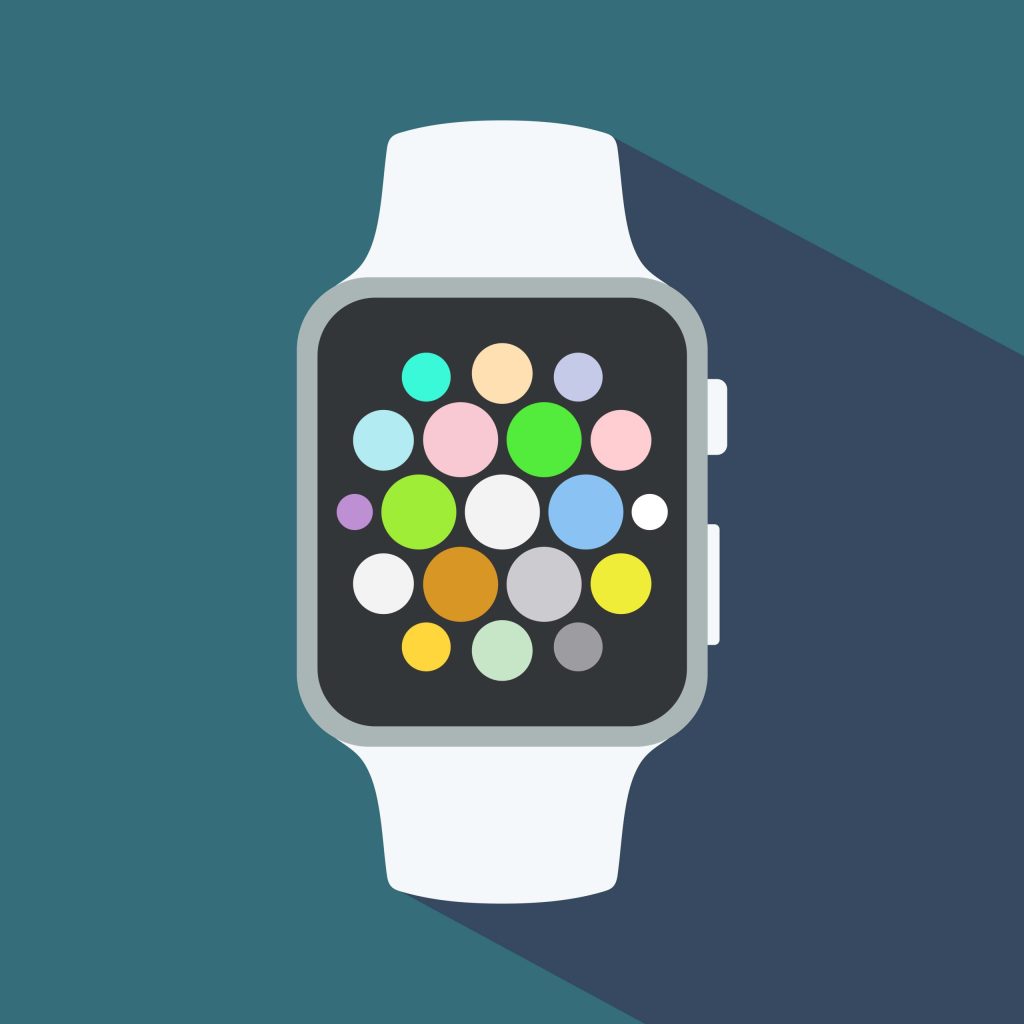Introduction
Biometric sensors collect measurable biometric signals from fingerprints, skin, voice, iris, and facial images. For the next few gear reviews, we will be focusing specifically on wearable devices. Wearable devices have sensors on the bottom of the device that use LED lights to detect light-sensitive photodiodes and the amount of blood flowing in the wrist and upper arm. I will be reviewing some popular devices, such as the Apple Watch, Fitbit, Whoop, and Garmin, over the next few months. This review of the Apple Watch will be our first of many gear reviews to discuss the importance of these items and why they are such an integral part of health and fitness.

Apple Watch
(Disclaimer: The Apple watch cannot detect heart attack, blood clots, stroke, and other heart conditions. If experiencing any pain in the chest, pressure, or tightness, call emergency services immediately.)
When I received my Apple Watch, I first saw that it would be just like any other health tracker, but was quick to realize that does much more than send brief texts and ping you for appointments. The Apple Watch has an integrated heart monitor system that is very useful for calculating your average heart rate over a month’s use. In addition, the watch calculates calories burned during physical activity and compares it to overall calories burned. However, there might be a difference between those numbers (an estimate) and your actual energy expenditure.

Since then, the Apple Watch has released new features and updates. Before setting up your watch, you will go through a process of creating goals (including exercises goals, standing goals, step goals, and movement goals). In addition, the watch creates exercise rings that, when closed, will receive medals, which keeps you motivated. Their new feature is the EKG (or ECG) system, an electrocardiogram that captures your heart rhythm, giving you real-time results and explaining each EKG pattern. You can get an EKG reading from a cardiologist, but securing a doctor’s appointment may take some time. This means that with the watch you can take an at-home test that can then be exported to your doctor if any heart activity changes. Finally, the Apple Watch tracks your habits to detect if you haven’t moved. The watch will notify you when you have not moved within the hour and vibrate to tell you it’s time to stand or walk for at least a minute.

This watch is a significant investment. But, it may be worth the splurge to track and monitor your heart rate patterns. With habit changes, you may be able to lower your resting heart rate. After using the watch for six months, I have felt more motivated to put it on and make sure I hit my goals and targets. I even invite family members and challenge them—I feel that I have support when they comment on my activity.
Conclusion
Using the Apple Watch may improve daily activity by encouraging more movement and finding ways to help monitor your health. With technology adapting and advancing over the last decade, using these sensors or forms of metrics may help with giving you a deeper look into your health changes and choices. Next month, we will be looking at another device, the Fitbit. Thank you all for taking the time to read this blog; see you next month.



